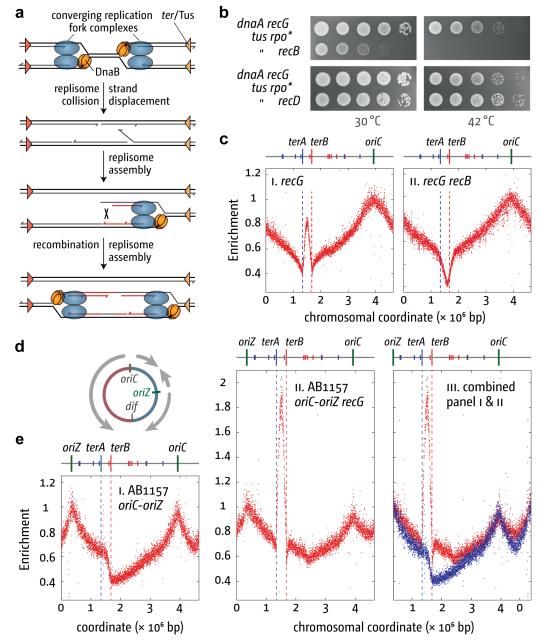Figure 3. Effect of RecBCD activity and oriC duplication on DnaA-independent replication.
(a) Model illustrating how collision of replication forks within the termination area might lead to the formation of two new divergent forks via PriA-mediated replisome assembly and RecBCD-mediated recombination.
(b) DnaA-independent growth. The strains were RCe268, RCe435 and RCe437.
(c) Effect of recB on the replication profile of recG cells. Sequencing templates were from N8226 and AM1581 cultured at 37°C.
(d) Chromosome map of a double origin strain showing the positions of oriC and oriZ and illustrating where the forks assembled are likely to converge.
(e) Marker frequency analysis of chromosome replication in a double origin strain. Sequencing templates were from WX296 and RCe455 cultured at 37°C. Chromosome coordinates in panel iii are shifted to highlight the elevated marker frequency between oriC and oriZ.

